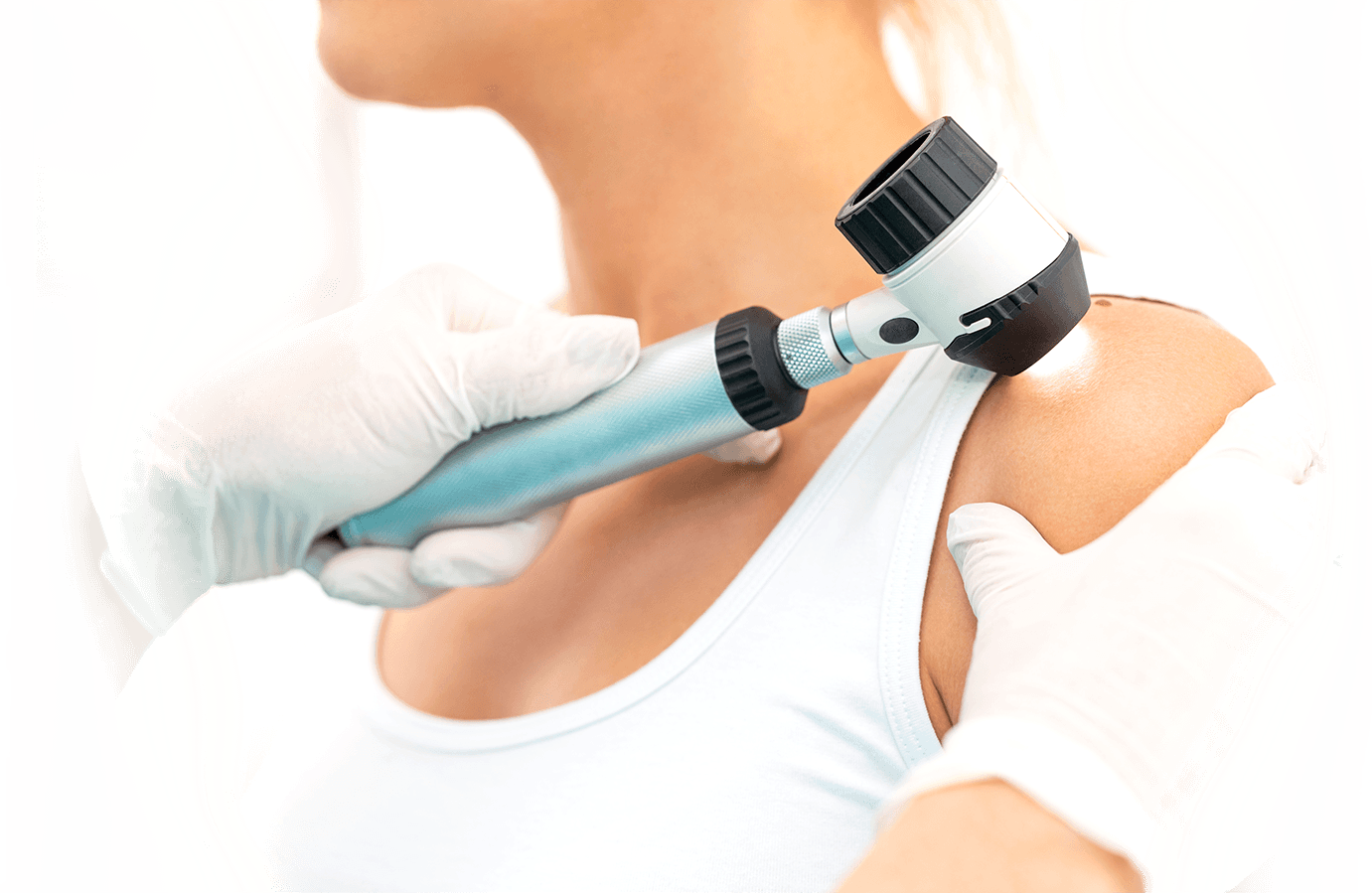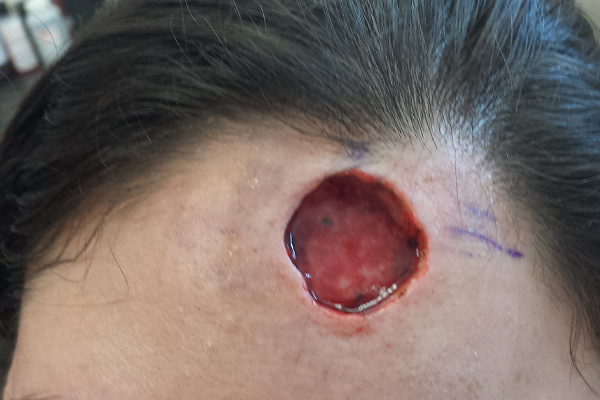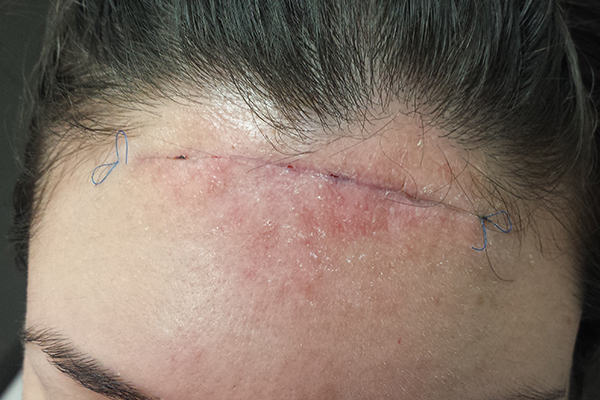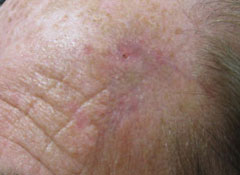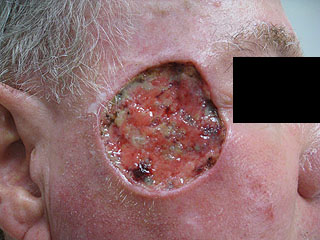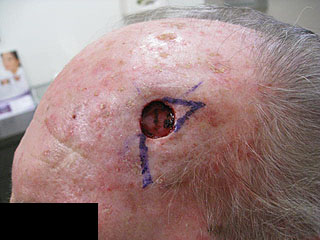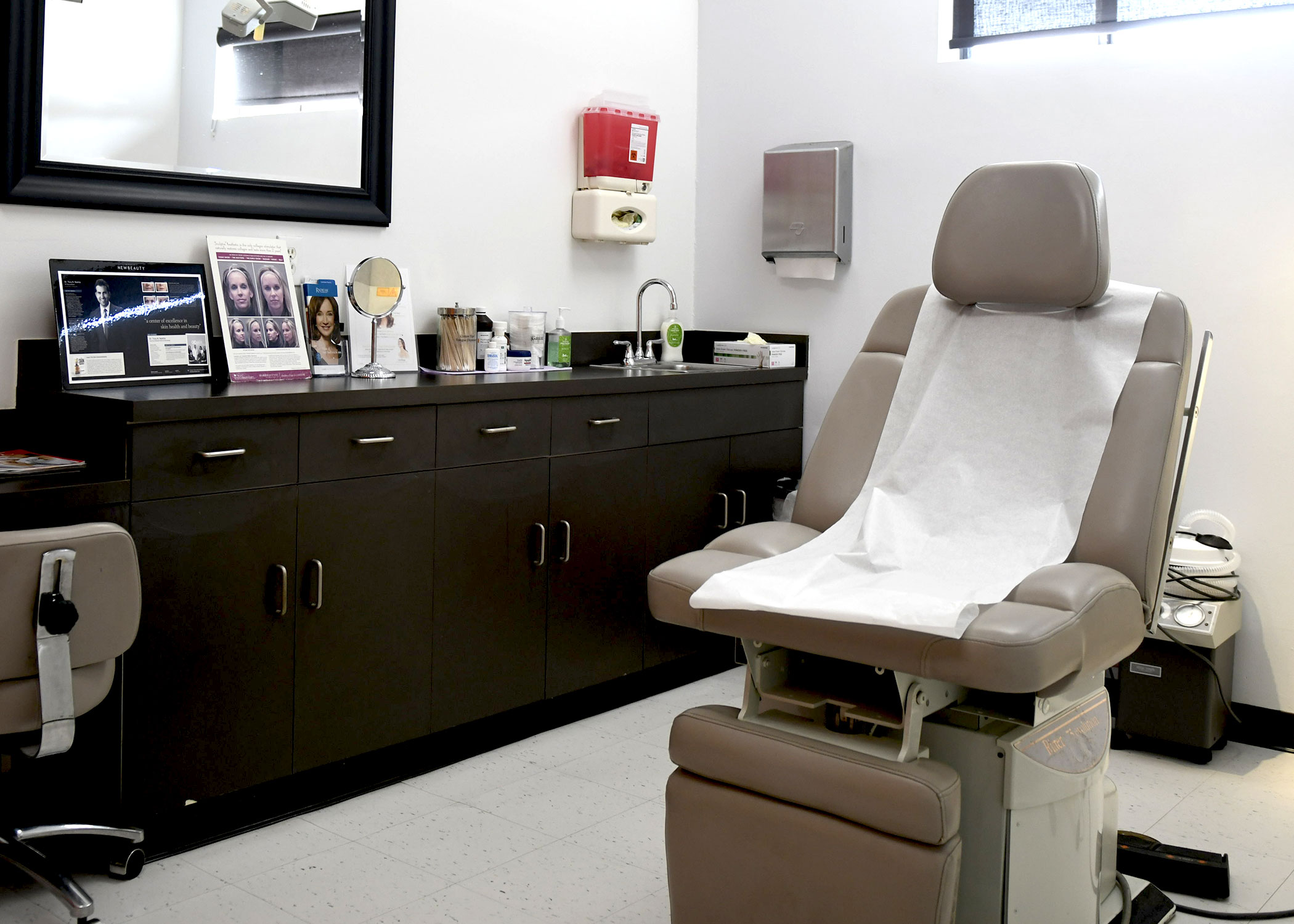As board certified dermatologic and skin cancer surgeons, OC Skin Institute is the expert facility in Orange County for skin cancer removal and Mohs Surgery. As we plan the best treatment for each of our patients, we consider the size and location of the skin cancer, the patient’s age and medical history, and the potential for scarring. Your overall health is our skin cancer surgeons’ primary concern, and their goal is to completely eliminate the skin cancer with as little recovery and scarring as possible.
What is Mohs Surgery?
Mohs Surgery (named after its founder, Dr. Frederic Mohs), is an innovative micrographic technique for removing squamous cell and basal cell cancer. The cure rate using Mohs skin cancer surgery is very high, and recommended for large basal cell carcinomas on the body as well as for areas where recurrence of skin cancer is common such as on the scalp, face, hands, ears and nose.
Some of the many advantages of Mohs surgery include:
- Maximum preservation of healthy skin tissue
- Minimal scarring
- Its suitability for patients who have frequent skin cancers
Older patients in poor health as well as patients with diabetes and other immune system deficiencies can be treated safely, as well as those needing skin cancer removal around the delicate areas of the eyes and mouth.
The procedure for skin cancer removal by Mohs surgery involves a microscopically controlled excision of small sections of the tumor, then immediately examining it under a microscope. If we identify cancer, we’ll remove more tissue until the section of skin cancer is clear and only normal skin is visible. The “hole” left by the basal cell cancer is then repaired the same or next day, leaving only a thin scar.
Other successful methods for skin cancer and precancerous treatment at OC Skin Institute include:
- Cryosurgery: Typically, we apply liquid nitrogen to abnormal growths to freeze and kill the precancerous cells. This is best suited for precancerous lesions called actinic keratosis in order to prevent them from becoming full blown skin cancers.
- Curettage and Desiccation: Best suited for small skin cancers on the trunk, arms or legs, this method involves the skin cancer surgeon using a spoon-like instrument called a curette to remove the abnormal cells. The surgeon then applies an electrical current to kill the remaining cancer cells and control bleeding. The tissue heals without the need for stitches.
- Prescription Creams: Applied topically for several weeks, these formulations attack basal cells and stimulate the immune system. Although this method avoids surgery and can be applied by the patients themselves, it usually produces skin irritation and inflammation and discomfort. This method is reserved for patients who cannot undergo surgery or when a cancer or pre-cancer is observed to be very superficial and not invading deeper skin.
- Radiation Therapy: For areas that are difficult to treat with skin cancer surgery, or in patients who cannot undergo surgery due to other health conditions, OC Skin Institute may refer a patient for radiation treatments for squamous or basal cell cancers.
- Surgical Removal: The skin cancer surgeon carefully removes the abnormal cells and stitches the area closed without immediate microscopic examination (as in Mohs skin cancer surgery). The specimen is sent to a lab to ensure that all of the margins are clear of skin cancer cells. This method is used for skin cancers on the body that are small and do not require Mohs Surgery.
At OC Skin Institute, we value our relationships with our patients and provide tailored expertise to each individual situation. We have three locations throughout Orange County, including Santa Ana and San Clemente, suited to provide full skin cancer treatment services for all patients. Please contact us for a consultation and qualified analysis of your skin cancer treatment needs.

